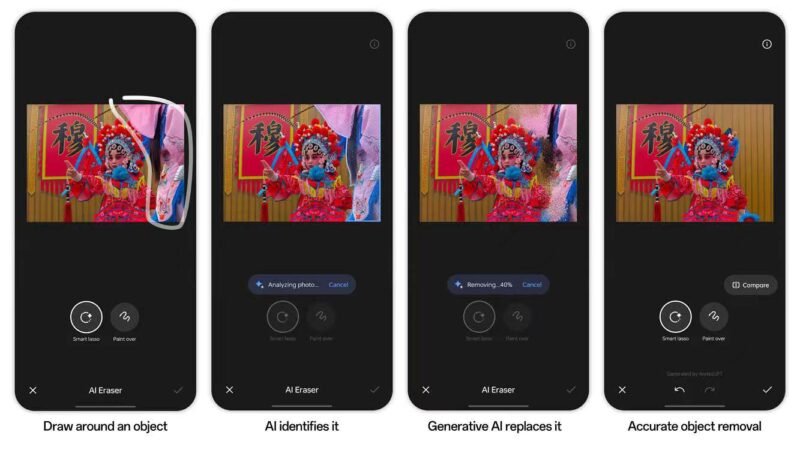Globe Telecom connects world’s oldest Chinatown with fiber broadband technology
Mayor Joseph Estrada leads Binondo to become first connected district in Manila
In line with its vision of ushering the Philippines to become a digital nation by 2020, Globe Telecom collaborated with the city government of Manila in rolling out fiber broadband technology in Binondo. This initiative will provide world-class internet experience with speeds of up to 1Gbps to the world’s oldest Chinatown.
Early this year, Globe made a call for local governments’ support for its initiative to build on its network infrastructure and provide better internet experience for its customers. The city government of Manila, led by Mayor Joseph Estrada, was the first LGU to respond to the call. The fiberization of the entire Binondo district, an age-old center of commercial activities in the capital, would benefit business and residential establishments in the area and is expected to drive business growth in the district. The project will be completed in the third quarter of the year.
“Globe is able to deploy fiber broadband technology in Binondo only because we are united with the local city government in realizing a vision of developing ‘connected communities’ where both enterprise clients and customers at home get to experience the full benefits of having world-class data connectivity. We hope to replicate the realization of this vision in many other areas in the country as we all aspire to further drive local economic growth,” said Globe Chief Commercial Officer Albert de Larrazabal.
One of the most important advances in broadband technology, fiber optics offer the fastest way to access data, providing consumers with higher download and uploads speeds, lower latency and faster internet browsing, he explained. Involving an investment of at least $1 million, the deployment of fiber broadband technology in Binondo will deliver ultra- fast internet to at least 5,000 new business and home subscribers as part of the initial rollout, Larrazabal said.
“With a fiber broadband technology in place, business establishments in Binondo will be able to utilize digital solutions that would enhance competitiveness, allowing these enterprises to operate more efficiently and expand their market reach. Our customers at home, on the other hand, will be able to download and upload large quantities of data, stream high-definition multi-media content, play online games, among other things, using multiple devices at faster speeds,” he said.
The pilot rollout of fiber broadband technology in Binondo forms part of Globe Telecom’s initiative of creating an internet super highway nationwide. Currently in talks with other local government units for the development of “connected communities” in support of the Filipino digital lifestyle, the leading telecommunications provider plans to deploy fiber optics in 20,000 barangays by 2020 that will provide ultra-fast internet access to around 2 million homes nationwide. Parallel to this, Globe will also pour significant investment in capacity enhancement for both mobile and wireline using different technologies that include 3G, LTE and even Wi-Fi.
According to Larrazabal, Globe will also roll out small cell technology in various parts of Binondo as part of its efforts to expand network coverage and capacity. The small cell technology, which supports multiple technologies including 3G and LTE, will enable Globe to harness additional capacity from fiber optics without the need for macro cell sites.
Further, fiberization of Binondo district will enable deployment of high-definition CCTV in critical spots for superior image quality that is expected to significantly enhance crime-prevention measures in the area. Also, Wi-Fi kiosks, where customers can experience high-speed data connectivity, will be established in different locations within the district, Larrazabal said.
Globe is also in close coordination with the city government of Manila relating to the construction of additional cell sites not only in Binondo but also in other parts of the capital, as part of its continuing coverage and capacity expansion. “Permitting process has been major hurdle for us in other parts of the country and we are grateful that in the city of Manila, local government executives led by Mayor Estrada have been only supportive of our initiative of building on our existing network infrastructure within the capital,” Larrazabal added.
Globe earlier said that permitting environment at the local government level is the biggest detriment preventing telecommunication operators like Globe in improving cell site density, a necessary prerequisite in improving data connectivity of its customers in terms of speed and access.



